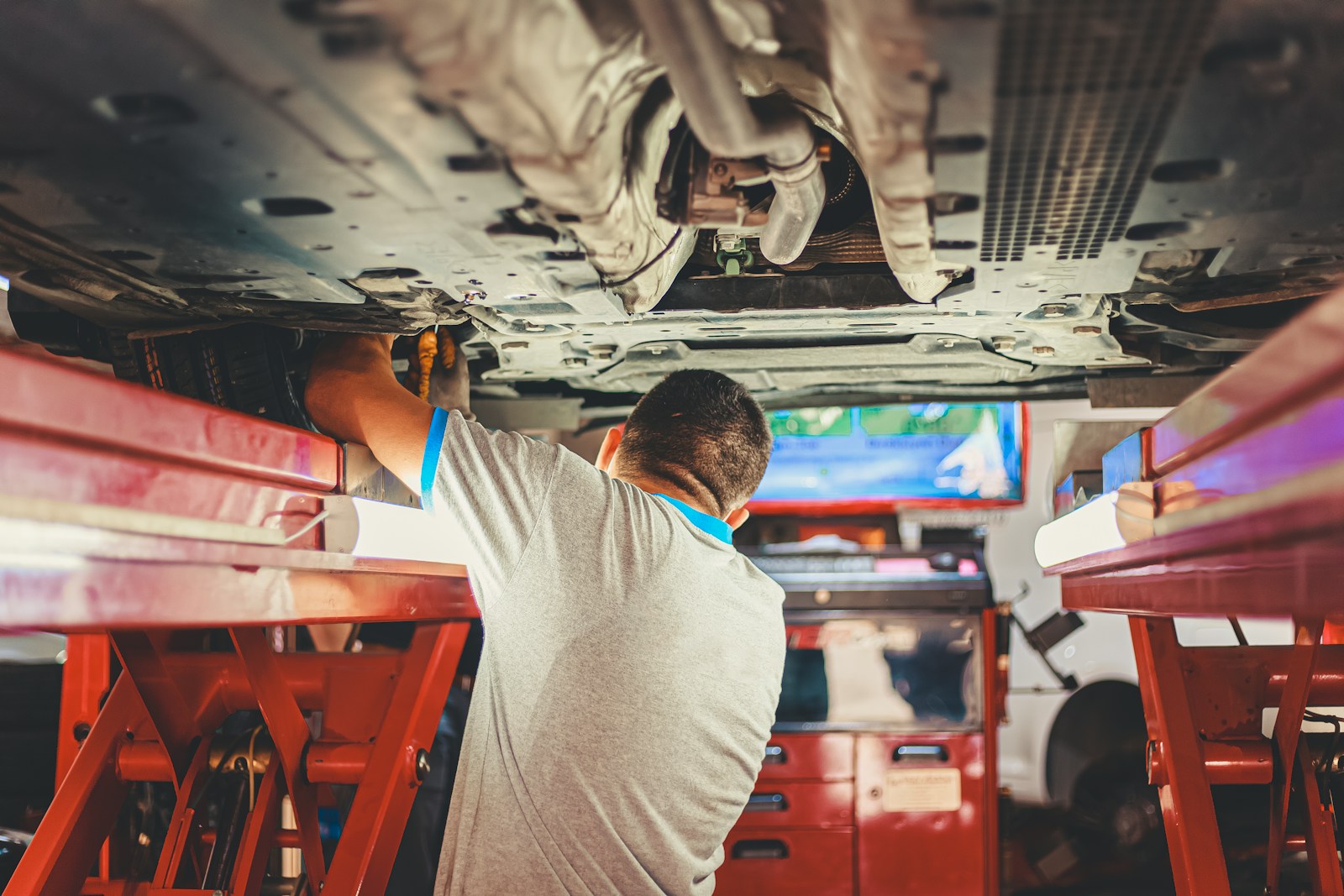The cost of auto repairs has been climbing steadily, leaving many car owners struggling with unexpected bills. From labor rate hikes to pricier parts, maintaining a vehicle is more expensive than ever. In this post, we’ll explore why repair costs are rising and what you can do to save money—including extended warranties and alternative solutions like Sprout Assure auto repair coverage.
Why Are Auto Repair Costs Increasing?
1. Labor Costs Are Up
- The average mechanic’s hourly rate has risen to 100–100–150+ (up from 80–80–120 pre-pandemic).
- Skilled technician shortages mean higher wages for experienced mechanics.
2. Parts Are More Expensive
- Supply chain disruptions and inflation have driven up the cost of replacement parts.
- Modern vehicles require complex electronics and sensors, which are costly to replace.
3. Newer Cars Are Harder to Repair
- Advanced safety features (like ADAS sensors) require specialized calibration.
- Electric vehicles (EVs) and hybrids need certified technicians, increasing labor costs.
4. Extended Vehicle Lifespans
- Cars last longer, but older vehicles need more frequent repairs.
How to Combat Rising Auto Repair Costs
1. Get an Extended Auto Warranty
- What it covers: Major repairs (engine, transmission, electronics) after the factory warranty expires.
- Best for: Newer cars (under 100,000 miles) with expensive components.
- Cost: 1,500–1,500–4,000 depending on coverage level.
✅ Pros:
- Predictable costs (monthly payments vs. surprise $2,000 repair bills).
- Peace of mind for high-tech vehicle systems.
Tip: Compare providers (Endurance, CarShield, Olive) and read reviews before buying.
2. Consider Sprout Assure Auto Repair Coverage
- What it is: A newer alternative to traditional warranties, offering pay-per-repair plans with no long-term contracts.
- How it works:
- Pay a low monthly fee (20–20–50).
- When a repair is needed, Sprout Assure covers up to 50–70% of the cost (depending on plan).
- No mileage or age restrictions.
✅ Pros:
- More flexible than extended warranties.
- Covers older cars (even over 150,000 miles).
- Optional month-to-month subscription plan—cancel anytime.
Best for: Drivers of older cars who want partial protection without a big upfront cost.
3. DIY Basic Maintenance
- Learn to handle simple repairs:
- Oil changes
- Air filter replacements
- Brake pad swaps (with proper tools)
- Savings: Up to 200–200–500 per year on labor.
Tip: Watch YouTube tutorials and invest in a basic toolset.
4. Use Independent Mechanics (Not Dealerships)
- Dealerships charge 20–40% more than local shops.
- Independent mechanics often use aftermarket parts (cheaper than OEM).
Tip: Look for ASE-certified shops with strong reviews.
5. Join a Auto Repair Savings Plan
- Examples:
- RepairPal (discounts at certified shops)
- AAA (free diagnostics, towing, and repair discounts)
- Cost: 50–50–150/year (often pays for itself after one repair).
Final Verdict: Which Option Is Best?
| Option | Best For | Estimated Savings |
|---|---|---|
| Extended Warranty | Newer cars, high-tech models | 1,000–1,000–5,000 per major repair |
| Sprout Assure | Older cars, budget-conscious owners | 50–100% off repairs |
| DIY Maintenance | Simple fixes, hands-on owners | 200–200–500/year |
| Independent Mechanics | Non-warranty repairs | 20–40% vs. dealership |
Bottom Line
Auto repair costs aren’t dropping anytime soon, but you can protect yourself with:
✔ Extended warranties (for newer cars)
✔ Sprout Assure (for older vehicles)
✔ Preventive maintenance (to avoid big repairs)






